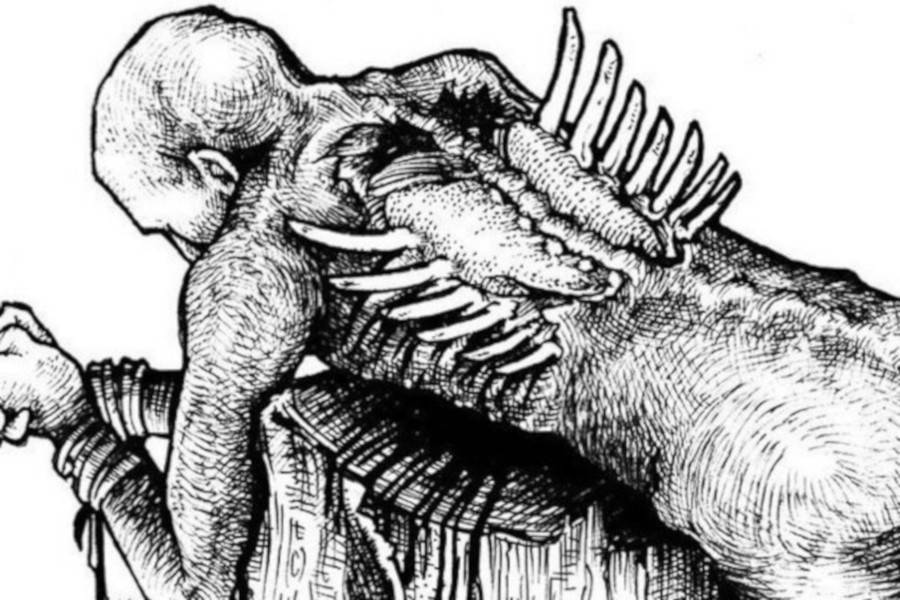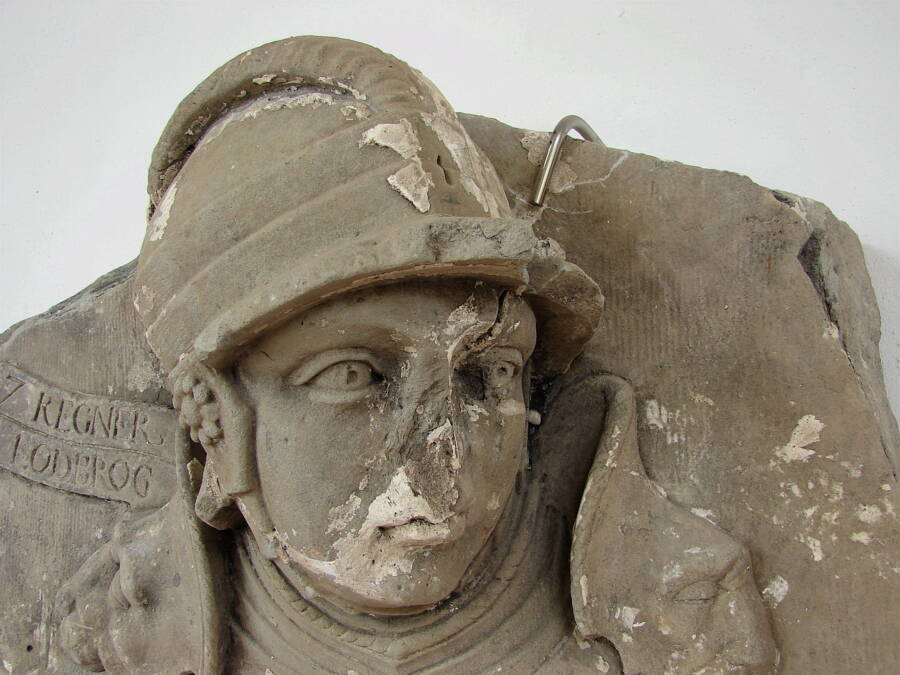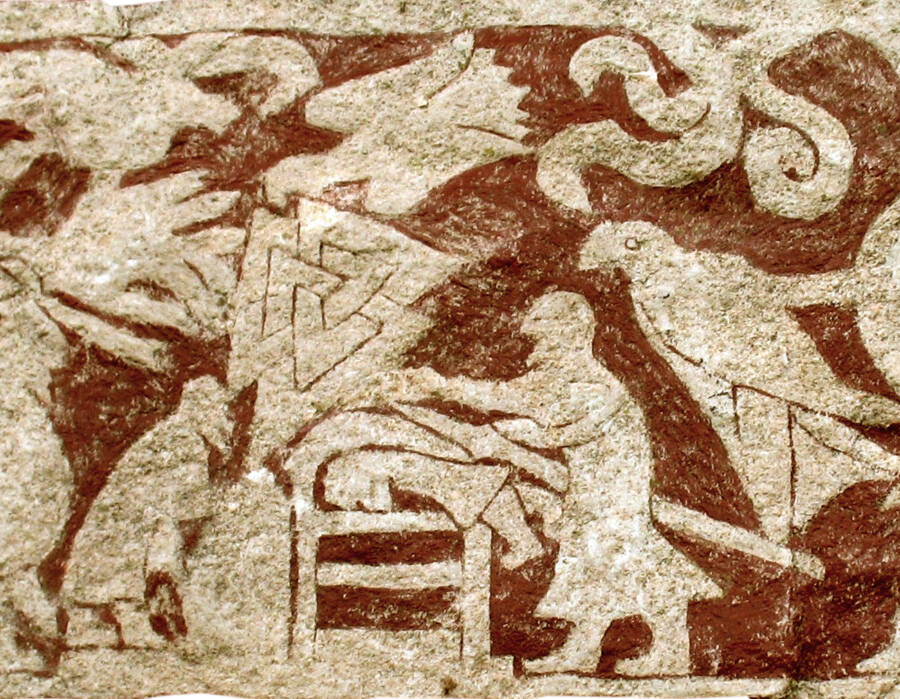The Viking Blood Eagle

PinterestThe Vikings took their Medieval executions to another level — and pulled out the victim’s ribs and organs to form gory “wings” on their backs.
One of the more aesthetically recognizable periods of the Medieval era was the Viking Age. This period saw Norse warriors descend upon various places in Europe to raid, trade, and settle. It also reportedly saw culturally specific execution methods. Perhaps the most grisly was the blood eagle, which was specifically tailored for revenge and ritual torture.
Only two accounts exist of the blood eagle: The Orkneyinga Saga and Snorri Sturlson’s Heimskringla. These scriptures were penned at least two centuries after the first blood eagle ceremonies occurred, with one of the earliest victims believed to have been executed in this way in 867 A.D.
The first unfortunate subject was the king of Northumbria, Aella. He had allegedly killed Viking leader Ragnar Lothbrok by throwing him into a pit of snakes. As a result, Lothbrok’s sons invaded England in 865, and saw to it that Aella suffered death by blood eagle.

Wikimedia CommonsA statue of Ragnar Lothbrok, whose son allegedly avenged him by performing a blood eagle.
Modern scholars often debate how Vikings practiced this ritual torture — and whether they even performed this Medieval execution method at all. Indeed, it seems almost too gruesome to be real.
But if it did occur, here’s how it went: The victim’s hands and legs would be tied to prevent any sudden movements. The executioner would then stab the victim in the tailbone and move up toward the rib cage. Each rib was then carefully separated from the backbone with an axe.
With the person’s internal organs now on display, Vikings would rub salt onto the gaping wound to keep the person awake. Finally, the executioner would pull the subject’s lungs out in order to form two bloody “wings.”
The blood eagle has been described as both a ritual execution and a form of vengeance. The former intended to honor Odin, father of the Norse pantheon of gods and the god of war. The latter, meanwhile, aimed to punish dishonorable individuals in the most excruciating manner possible.

Wikimedia CommonsOne of the Medieval Stora Hammars stones in Sweden that depicts a blood eagle execution.
But since the two texts are the only pieces of evidence of the blood eagle, scholarly debate about the validity of the practice persists to this day. Ragnar Lothbrok and his death are semi-mythological, after all, with the stories potentially serving as just Viking tale-telling and entertainment.
Alfred Smyth, a controversial historian, wholeheartedly believes that the blood eagle existed. His evidence is in the Old Norse term bloðorn, which existed as a meaningful concept in the Old Norse vocabulary.
The illustrations on the Stora Hammars Stones in Gotland, Sweden further support the theory that the blood eagle existed: One scene depicts a man about to be cut open from the back as a bird of prey hovers above him.





